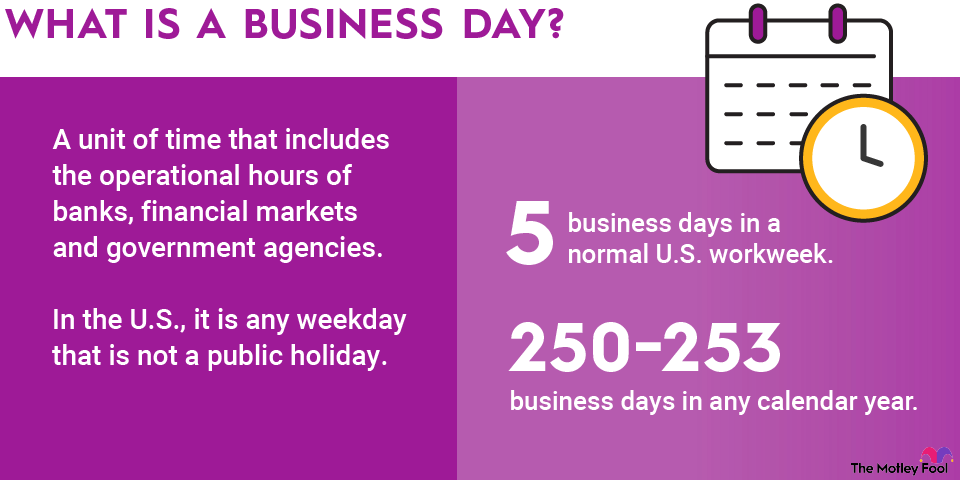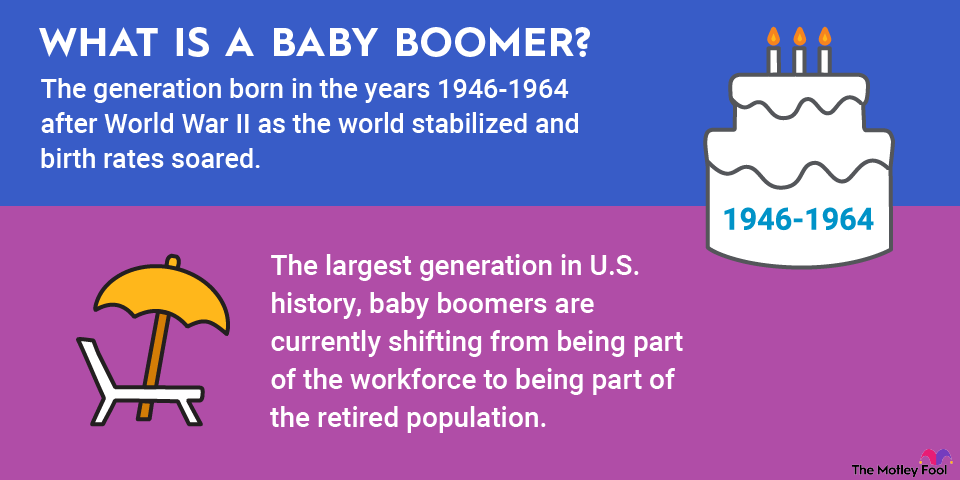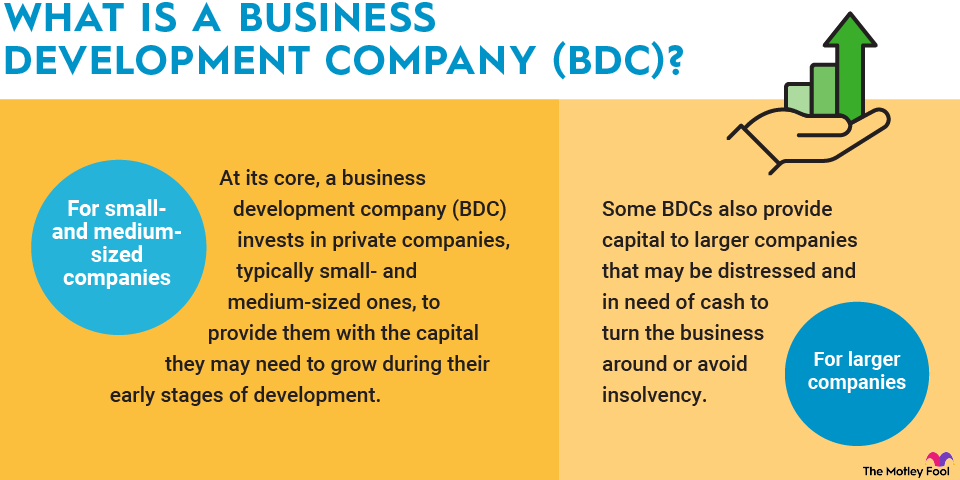A black swan event is a single improbable event with enormously far-reaching consequences. In retrospect, people develop explanations for why the event was predictable -- known as hindsight bias. But the unpredictable nature of a black swan event is often the reason for its powerful effect. The 9/11 terrorist attacks, the 2008 financial crisis, and the COVID-19 pandemic are commonly cited examples of black swan events.
What is a black swan event?
In 17th century England, black swans were not believed to exist. It was considered a fact that all swans were white. But in 1697, a Dutch explorer named Willem de Vlamingh sighted a black swan in Western Australia. Until that point, it was assumed among Europeans that a black swan couldn’t possibly exist because no one had ever seen a black swan.
Scottish philosopher David Hume later summed up the “black swan problem” by saying, “No amount of observations of white swans can allow the inference that all swans are white, but the observation of a single black swan is sufficient to refute that conclusion.”
Later, writer, statistician, and former options trader Nassim Nicholas Taleb popularized the concept of the black swan event in his books Fooled by Randomness and The Black Swan. In The Black Swan, Taleb outlines three criteria for a black swan event:
- It’s an outlier. Nothing in the past suggests that such an event was possible.
- It has an extreme impact.
- Humans concoct explanations in retrospect for why the event was predictable and explainable.
The final point is key because what we don’t know is far more important than what we do know, at least when it comes to black swan logic. For example, the 9/11 terror attacks were a highly improbable event whose seismic impacts were felt across the globe. Yet, after the attacks, countless experts claimed that intelligence communities should have been able to predict the attacks.
Taleb experienced his first black swan event during his adolescence when his once-peaceful homeland of Lebanon plunged into civil war. But it wasn’t until he profited enormously from the Black Monday stock market crash of 1987 -- an event that shocked Taleb, as well as the entire investment world -- that he developed the black swan concept.
Taleb argues that the world is far more random than we realize. The big, unpredictable events are the ones that shape the world. By their very nature, however, they’re impossible to forecast. The problem is less about our inability to predict these outlier events than “our blindness with respect to randomness.”
While the term “black swan event” often carries a negative connotation, some black swan events are actually positive. The rise of the internet is one example of a black swan event that has changed the world for the better.
Can investors prepare for a black swan event?
By definition, a black swan event is one that’s impossible to prepare for. After all, these are outlier events that fall outside the realm of our imaginations.
A Monte Carlo simulation, which is commonly used in financial modeling and retirement planning, uses thousands of potential scenarios to predict a certain outcome. For example, in retirement planning, the tool may conclude that someone has a 95% likelihood of accumulating at least $2 million by age 65. The problem, though, is that a true black swan event wouldn’t be captured in these scenarios because it’s an event that’s never been seen before.
Still, there are some steps investors can take to better absorb the shock of a black swan event. Having a substantial emergency fund and a diversified portfolio can protect you from the market volatility often associated with such outlier events. Diversification can help you maximize your returns. By spreading your money across many different stocks and asset classes, you’re more likely to reap the benefits of a black swan event.
Related investing topics
Example of a black swan event in finance
The stock market crash of 1987 is an example of a black swan event in finance. On Oct. 19, 1987, the Dow Jones Industrial Average tanked by almost 23%, the largest single-day drop in history.
In hindsight, many observers pointed to warning signs that a crash was coming. The Dow had risen 44% in the first seven months of 1987, leading analysts to say, retrospectively, that there was clearly an asset bubble. Investors had enjoyed a bull market since 1982 with no correction. But the week before Black Monday had been a terrible one for the stock market.
Still, no one knows exactly what triggered the panic on the morning of Oct. 19, 1987. One explanation is the rise of computerized programs that were set up to sell automatically when stock prices dipped below a certain threshold. Heavy sales dragged markets down, triggering more panic. Explanations aside, the point is that very few people predicted the Black Monday crash because it was unlike anything markets had ever seen before.
Taleb notes in The Black Swan, “After the stock market crash of 1987, half of America’s traders braced for another one every October -- not taking into account that there was no antecedent for the first one.”


















